The information was announced by leaders of the Ho Chi Minh City Department of Health at the conference to review the first 6 months of the year and deploy key tasks for the last 6 months of 2025 of the city's health sector, which took place on the afternoon of July 9.
After merging with the two provinces of Binh Duong and Ba Ria - Vung Tau , Ho Chi Minh City's population increased from nearly 10 million to about 14 million, and its area increased from more than 2,000km2 to 6,700km2.
This increase in scale goes hand in hand with the forecast of demand for medical examination and treatment. The Department of Health expects the number of annual medical examinations to skyrocket from over 42 million to over 51 million. Similarly, the number of inpatient treatments will also increase from over 2.2 million to over 3.8 million per year.
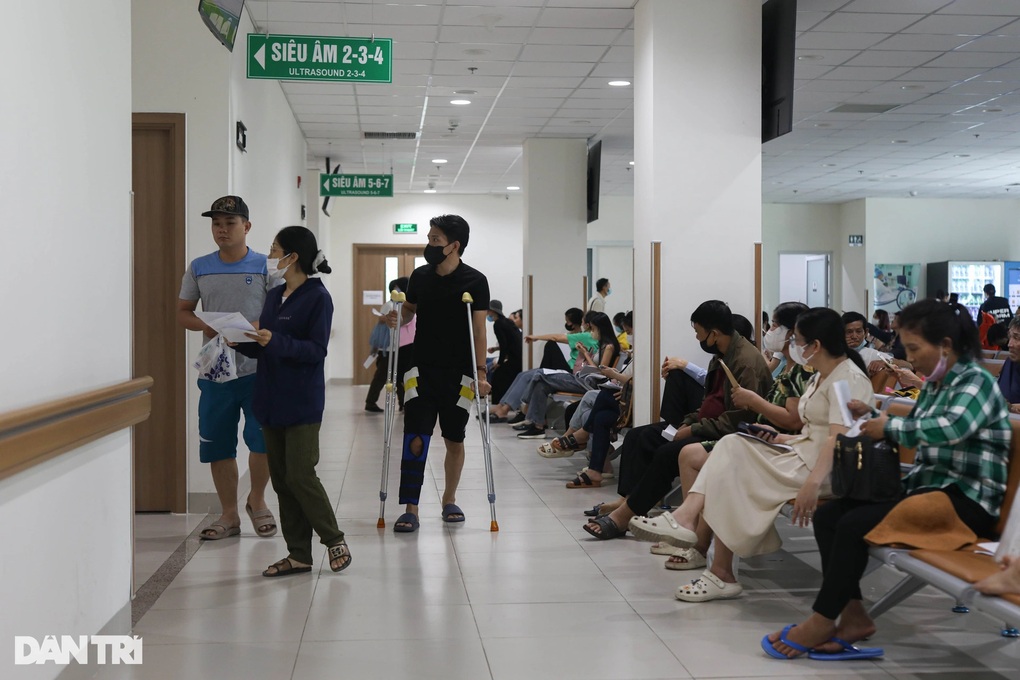
The demand for medical examination and treatment of Ho Chi Minh City residents increased sharply after the merger (Illustration photo: Bao Quyen).
It is expected that Ho Chi Minh City will provide more than 30% of outpatient visits and more than 23% of inpatient treatments nationwide.
Currently, Ho Chi Minh City has only 164 hospitals, including 14 hospitals under the Ministry of Health, 32 public general hospitals, 28 public specialized hospitals and 90 non-public hospitals (73 in the old Ho Chi Minh City, 15 in Binh Duong , and 2 in Ba Ria - Vung Tau).
The total number of hospital beds also increased from 41,000 to 49,792 beds after the merger. According to Dr. Nguyen Hoai Nam, Deputy Director of the Ho Chi Minh City Department of Health, this resulted in a decrease in the ratio of hospital beds per 10,000 people, from 42 to 35.
"On average, for every 1 million population increase, 3,500 hospital beds are needed to maintain 35 hospital beds per 10,000 people. This requires a huge investment in the general hospital system," Mr. Nam emphasized.
Currently, Ho Chi Minh City has a number of hospitals about to be put into operation, which can help solve this situation such as Binh Duong General Hospital (area of 16 hectares, scale of 1,500 beds, expected to be completed by the end of 2025 or early 2026); An Binh Hospital (completed phase 2, preparing to be put into operation); Ba Ria and Vung Tau General Hospital.
The private clinic network has also grown stronger and more diverse with 10,627 clinics, including 417 general clinics. Along with that are 15,611 pharmaceutical businesses and pharmacies, ensuring adequate supply of medicines for the people.
In addition, the new HCMC will also have 38 medical centers. Of which, the old HCMC has 22 centers (18 without beds, 4 with beds), Binh Duong has 9 centers (8 with beds, 1 without beds), and Ba Ria - Vung Tau has 7 centers (5 with beds, 2 without beds).
The number of medical stations will increase to 168 stations and 298 medical points.
According to the new direction of the Ministry of Health, there will be many functional rooms, like a small-scale hospital, with a minimum total area of 500m2. However, currently, Ho Chi Minh City only has 164 stations that meet the standards.
In the near future, the Department will plan more health stations that meet the area standards set by the Ministry of Health.
For the non-bed center system, before the merger, Ho Chi Minh City had 5 centers (115 Emergency Center, Disease Control Center, Forensic Center, Laboratory Testing Center, Medical Center).
Binh Duong and Ba Ria - Vung Tau each have 3 centers (Center for Disease Control, Center for Forensic Medicine, Medical Center).
According to the plan, the Department will merge into 5 centers in the near future (Center for Disease Control, Center for Forensic Medicine, Medical Center, Emergency Center 115 and Testing Center), according to Decree 147, 148 and instructions of the Ministry of Health.
The system of social protection centers has also been expanded to 110 centers, including 15 public centers and 95 non-public centers.
Source: https://dantri.com.vn/suc-khoe/nhung-con-so-khong-lo-cua-y-te-tphcm-sau-sap-nhap-20250709192424980.htm











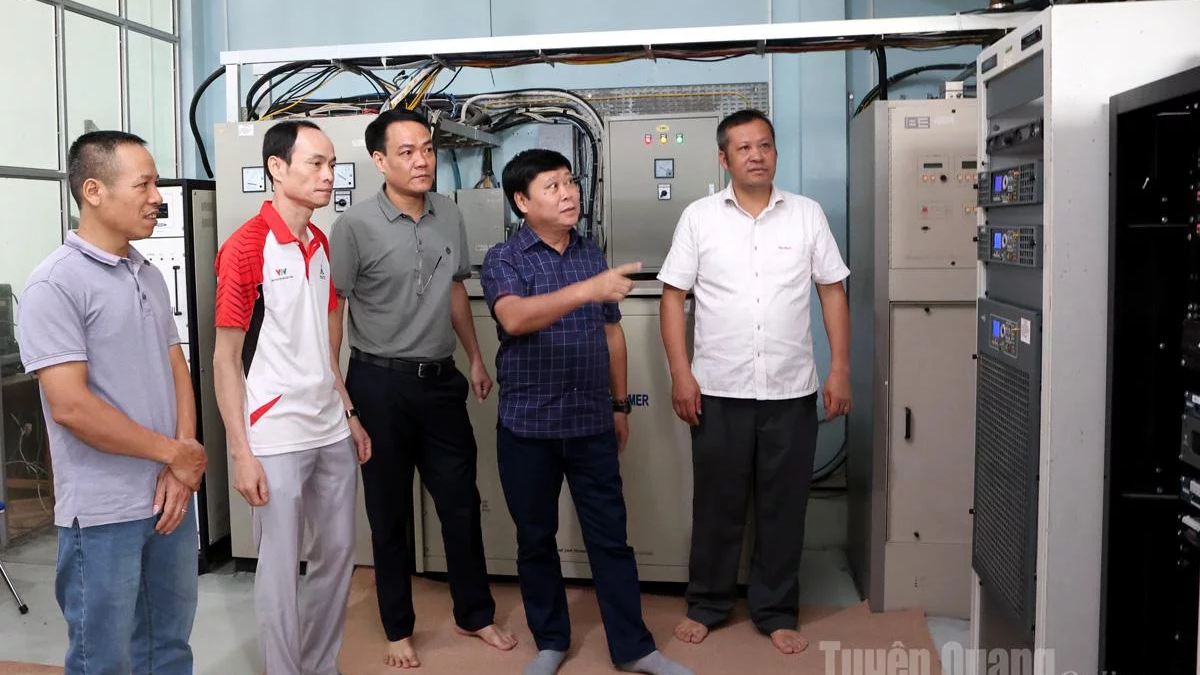














![[Photo] Gia Lai provincial leaders offer flowers at Uncle Ho's Monument with the ethnic groups of the Central Highlands](https://vphoto.vietnam.vn/thumb/1200x675/vietnam/resource/IMAGE/2025/7/9/196438801da24b3cb6158d0501984818)











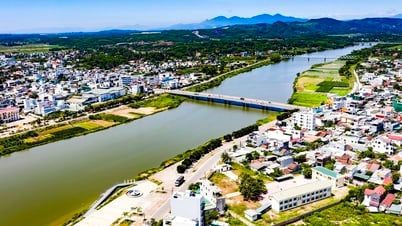

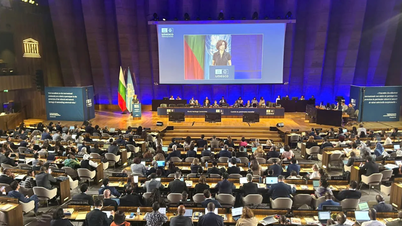




























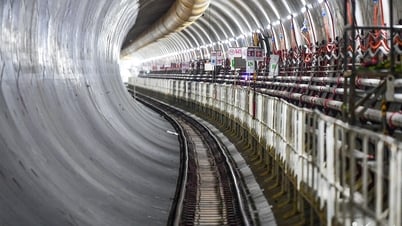


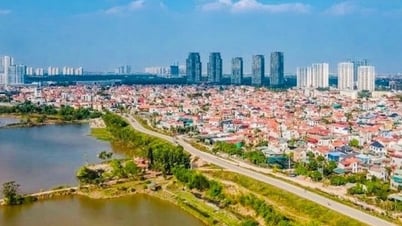

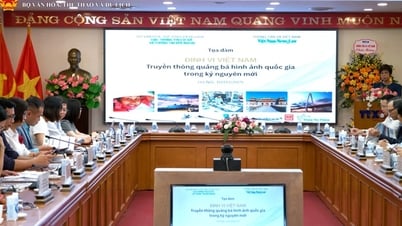
























Comment (0)